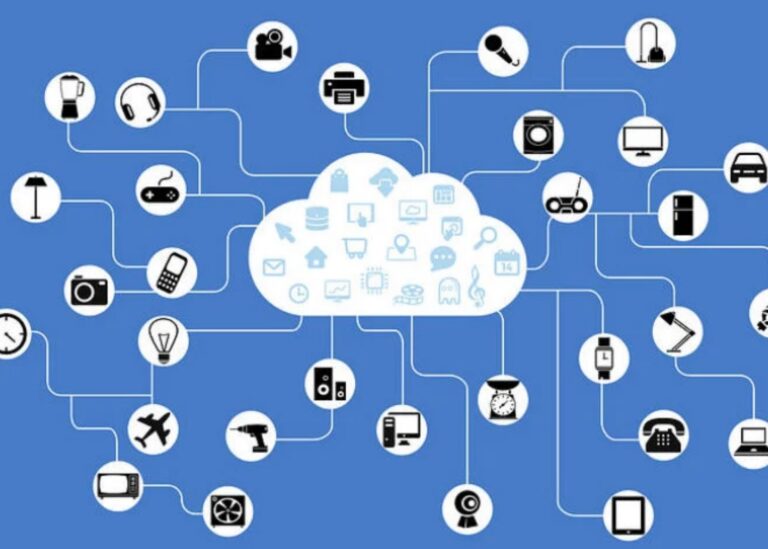With all that is going on in the intersection of healthcare and artificial intelligence now, it is probably a good time to consider where healthcare marketing is now for some. Everyone is familiar with the applications of Artificial Intelligence in self-driving cars, Echo and Alexa, smart homes, Siri and more – but what does all this mean for healthcare and what are some of the things that healthcare marketers are doing with it already?
1. Personalized content and channels via Next Best Action (NBA) Modelling
2. Prediction engines predicting individual Physician Switch and Patient Adherence
3. Suggestions Engines for personalized brand messaging by customer
4. Internet of Things (IOT)
Injectibles now often come with in-built sensors to understand details around the patients use of the medicine (when, how much and even how much pressure was on the needle). We also have chip-in-a-pill that relays similar information about ingestibles. Eularis utilize this data, combined with all the other data, in our analytics to build an understanding of all aspects of the patient. Internet of Things (IOT) has not been as successful in adoption as predicted in the wearables market to date – part of that is the disjointed nature of the different wearables. If you have 15 wearables that each do a few things, it gets annoying. What is now needed to integrate these is to embed them in what is already being worn. If I have a nice watch, I don’t want to wear an ugly wearable watch. Isn’t there a way to embed these technologies in whatever you want to wear, and use, in a more integrated way? There will be. And when the dots connect, they will be very powerful for pharma marketers to integrate and understand the customers’ health needs even more. In diabetes and asthma advances are being made in this space. Aerobit is one company (and there are others) building devices to attach to asthma inhalers that include GPS and track where, when medication is used, when asthma attacks happen, severity of them and more. Other applications are the glucose contact lens developed by Google, and the glucose sensor temporary tattoo developed by UCSD. These IOT additions to items already being used are a far easier way to get more embedded use of the technology.
Conclusion
The big differentiator between average marketing and innovative marketing getting superior results is that they are using data and analytics well. They value data, they spend more money getting it, they utilize strong analytics on it, and they derive value from their data. Customer personalization and customer intimacy are key to ongoing success. And when they get customer experience right, the winners will ensure that there is consistency in delivering that strong customer experience. The companies providing the best customer experiences will be winners .
Found this article interesting?
To learn more about how Eularis can help you find the best solutions to the challenges faced by healthcare teams, please drop us a note or email the author at abates@eularis.com.

